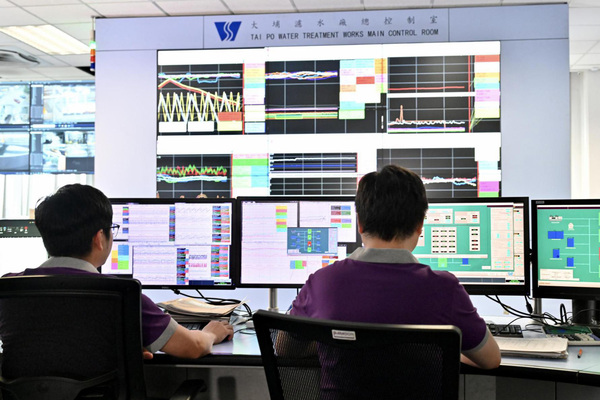As a densely populated city, Hong Kong suffers from a scarcity of drinking water due to its lack of lakes, rivers and underground water, making rainwater a precious source to the city’s fresh water resources. This is why the Government places great importance on collecting and storing rainwater. Around one-third of the land in Hong Kong is designated as catchment areas, including 17 reservoirs with a total storage capacity of 586 million cubic metres.
Ecological balance Due to climate change, some reservoirs may experience an excessive growth of algae, which may affect water quality. As a result, the Water Supplies Department annually releases about 300,000 fry of silver carp, bighead and mud carp into the affected reservoirs. “The different feeding habits of these fish help reduce the algae at different depths and maintain water quality,” Water Supplies Department Artisan (Fishing) Kwok Wing-hang explained.

He added that apart from regularly conducting water quality monitoring and algae testing, the department collects water samples with the help of an unmanned surface vessel system. “The unmanned surface vessel system is primarily used for surface water quality monitoring and sampling in reservoirs, while manned water sampling allows us to collect samples at different depths, providing more detailed data for water quality control." Quality control Hong Kong is one of the places in the world that enjoys the safest drinking water since the department has stringent qua.
















